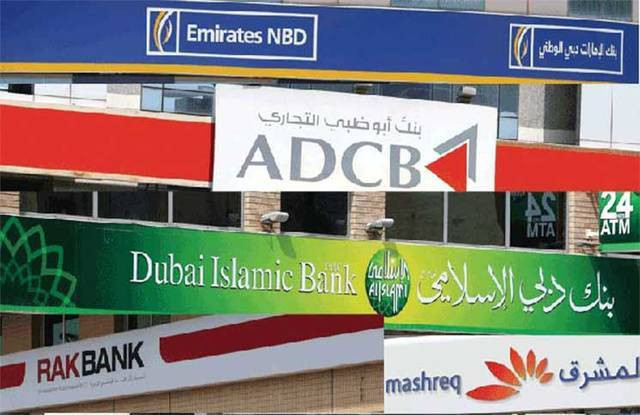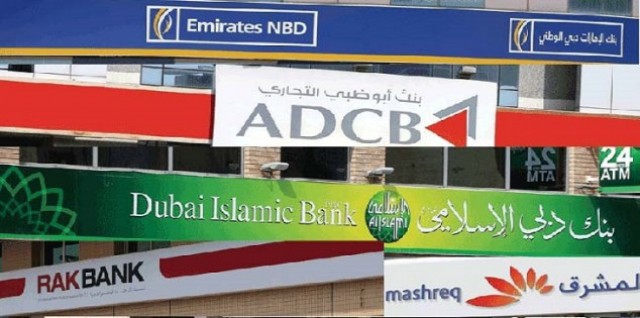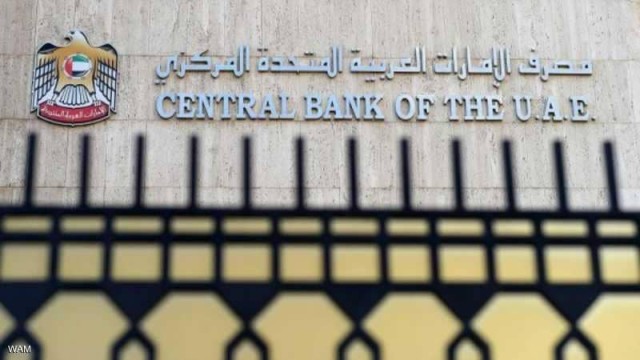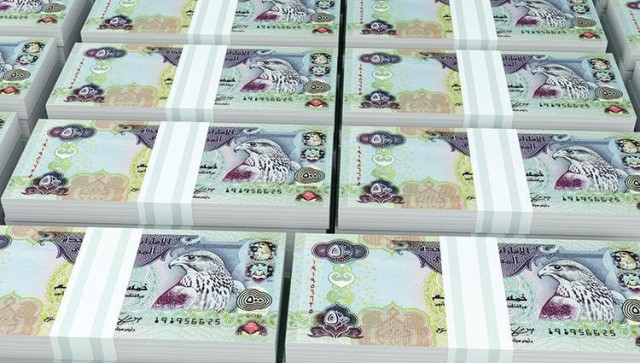The liquid assets of the banking system in the UAE increased by 10.8% to reach 442.9 billion dirhams in the first quarter of 2020 compared to 399.6 billion dirhams in the same period in 2019. / p>
According to the statement, the liquid assets of the banking sector include the obligatory reserve imposed by the central bank, the certificates of deposit held by the banks in the central, in addition to the weighted government bonds with Zero risks, public sector debt and bank cash.
According to Emirates Central Bank statistics, the increase achieved by liquid assets on an annual basis led to an increase in the proportion of liquid assets to constitute 14.6% of the total assets of the banking sector of 3 trillion and 23 .5 billion dirhams at the end of March 2020, compared to 14.3% at the end of March 2019.
The statistics emphasized the overall financial integrity of the banking sector in the UAE by the end of the first quarter of 2020, especially since banks have set aside provisions to cover all non-performing loans that are not produced in the banking sector by the end of the period 116.5%.
According to statistics, the value of bad loans at the end of the first quarter of the current year was 120.6 billion dirhams, compared to 140.4 billion dirhams in financial allocations to cover them.
Statistics revealed that non-performing or non-performing loans registered at the end of the first quarter, up to 120.6 billion dirhams, compared to 111.6 billion dirhams at the end of last December, an increase of 8.9 billion dirhams, and on the basis of Annual increase of 26.7 billion dirhams (March 2019).
Statistics indicated that non-performing loans registered an increase of 0.4% during the first quarter of 2020, where they accounted for 6.9% of the lending portfolio of 7 trillion dirhams, compared to 737 billion dirhams, compared to 6.5% of lending at the end of December 2019, at a value of one trillion and 729 billion dirhams, and this percentage increased year on year to reach 1.2% of the loan portfolio at the end of the first quarter of 2019, amounting to one trillion and 647.9 billion dirhams.
Statistics of the Central Bank revealed that the allocations that banks have, and avoided them to cover non-performing or non-productive loans in the sector, amounted to 140.4 billion dirhams at the end of the first quarter of 2020. Special provisions, outstanding benefits of 103.3 billion dirhams, and general provisions of 37.1 billion dirhams.
The Central Bank has an integrated system for classifying loans, which it has identified in five types, namely, regular loans, supervised loans, sub-standard loans, and doubtful loans, as well as non-loans. Productive, which are bad loans or loss loans, and the last one is considered by the ...












































